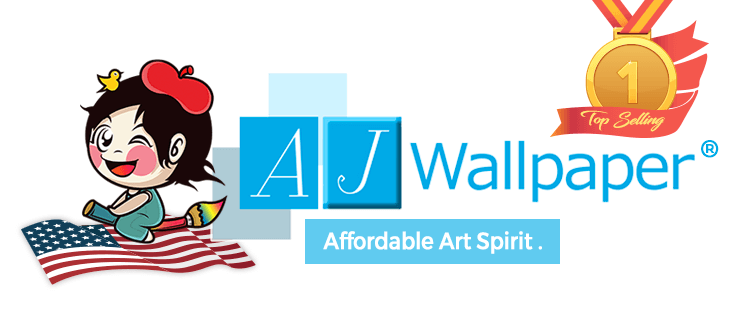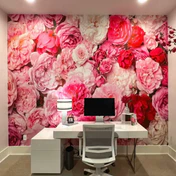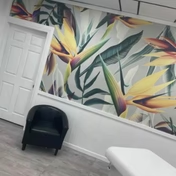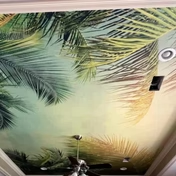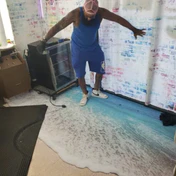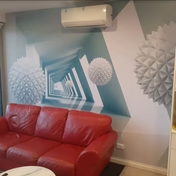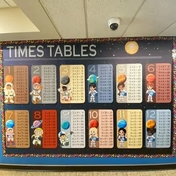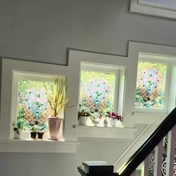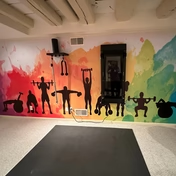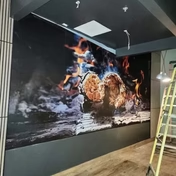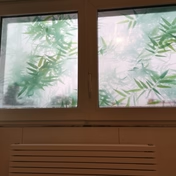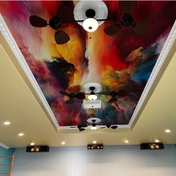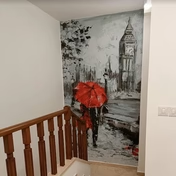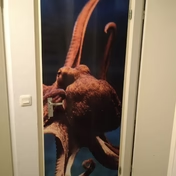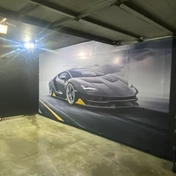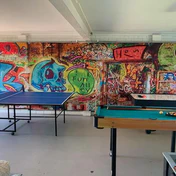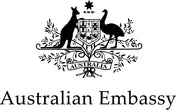How to Add Contrast To Your Interior Design
Contrast is a professional interior designer's secret weapon to create visually striking spaces. However, contrast is a word that tends to be thrown around loosely in interior design conversations and is often used as a hype word without being fully understood.
Read on to learn how to use contrast to create a unique space in your home or business.
Contrast in interior design
Contrast in interior design is the art of using opposing elements in a space and making them work together to highlight and enhance your interior design concept.
You can create contrast by using the following:
- Colours and shades
- Textures and materials
- Shapes and forms
Read on to learn more about these elements and how to create contrast with them.
Colours and shades
The colour wheel is your best friend when using colour to create contrast. Interior designers often pick colours from opposite ends of the colour wheel to create the desired effect.
Examples of colour and shade contrasts include:
- Complementary colours—often from opposite sides of the spectrum, like blue and orange, yellow and purple, or green and red.
- Monochrome—using the timeless combination of black and white contrasts, including shades of grey.
- Light and dark—which creates contrast with various shades of the same colour; light and dark blues, greens or reds, for example.
- Cool and warm colours—like reds and oranges, to create a cosy feel, or cool colours, like blues and greens, to create a relaxing vibe.
In open-plan designs, a mixture of these elements can be used to develop a sense of separation between spaces, like a kitchen, dining and lounge areas.
Textures and materials
Textures create physical kinesthetic contrast while making occupants also think about how things may feel—a two-prong concept. Examples of texture contrasts could include:
- Polished concrete or marble floors with rough linen furniture
- Rough rugs or jute flooring with sleek seats and tables
- Wooden elements contrasted with smooth acrylics and stone
- Tactile fabric with plush velvet window covers
- and more
Contrasted textures using different materials are a popular current trend in interior design and can be used to enhance traditional and modern decor styles.
Shape and forms
Using a variety of contrasting shapes and forms can be one of the most effective ways to create a stunning contrast in a room or space, and it ties in perfectly with the concept of using different textures and materials.
Examples of using different shapes and forms to achieve contrast may include:
- Curves and rounded furniture against straight and angular architecture
- Classic or vintage light fixtures paired with ultra-modern furniture and art
- Parquet flooring mixed with spiral staircases
- and more
The most important thing when using colours, textures and materials, and shapes and forms as contrast is to be open to creativity, experimenting with various ideas, and going with what feels right. Everyone has a taste and style that is unique to them.
Help create the perfect contrast with our comprehensive range of removable wallpaper designs
With a huge catalogue featuring over a million wallpaper designs, you can achieve the perfect contrast in your home or business with wallpaper categories such as:
- 3D wallpaper
- Wall murals
- Hallway art
- Wall stickers and decals
- Ceiling murals
- Stair riser murals
- and much more
With a range of secure payment methods and fast worldwide shipping, why not browse and buy today to get your ideal room contrast? For more information, message us via our online contact form, or call the toll-free number for your region.
← Previous


